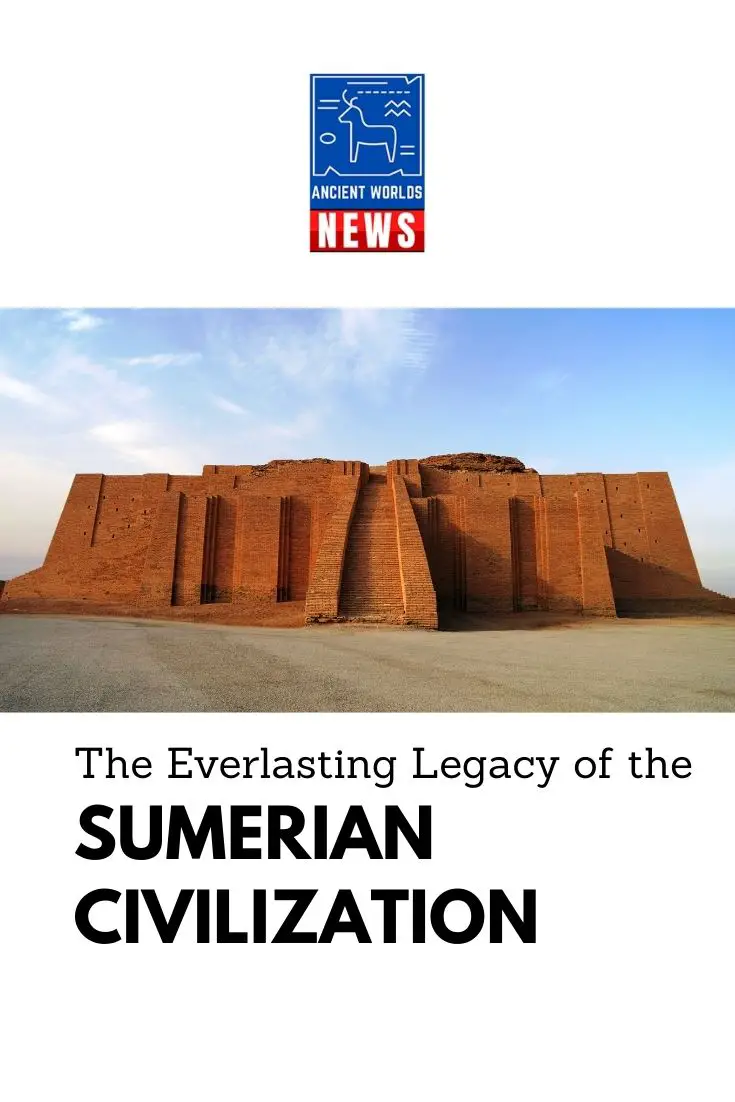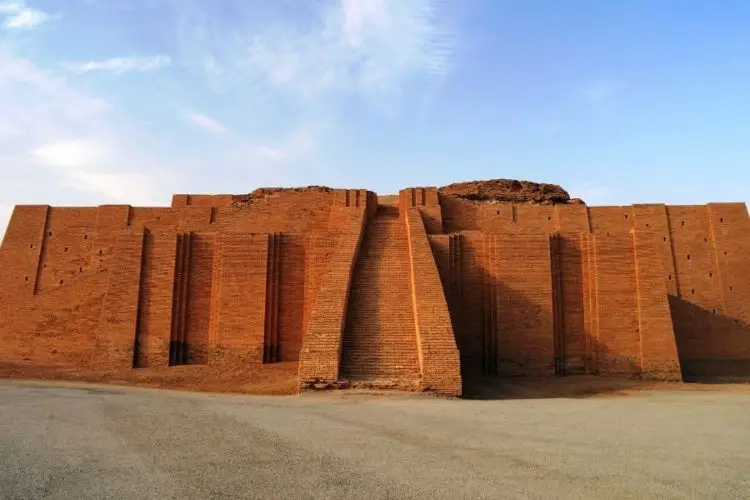The world today is nothing like the world that was when human beings first came on the scene. Even a generation ago, things were strikingly different. Each generation and civilization has contributed their knowledge to the world and made an impression. The preceding generations carried the responsibility of making this world a better place, and they also acknowledged the contributions of past generations. The same cycle is also true for civilizations. One of the most important civilizations to contribute to human society was the Sumerian civilization.

Although its geographical spread was limited to a certain expanse of Asia, the Sumerian civilization also acted as a cradle for two other ancient civilizations, that of the Indus Valley and Chinese civilization. The Sumerian civilization was limited to the Mediterranean Sea in the west, to Egypt and Ethiopia in the south, and the western parts of central Asia in the north; in the east, it extended no further than India.
There is no archaeological evidence that Sumerians had any contact with other parts of Asia or Africa or Europe. In fact, there is no evidence to prove that the Sumerians were even aware of other existing civilizations. Their civilization was indeed primitive if one looks at it with a modern lens, but it was the first of its kind and the beginning of society in that region. The Sumerians succeeded in establishing an organized society with well-functioning institutions.
The legacy of the Sumerian civilization and its everlasting impact on future civilizations landed in the hands of a Semitic people, the Amorites; the newly established Babylonians incorporated the Sumerian advancements into their day-to-day life. Their educational system, mythology, literature, and even religion were transferred to the Babylonians and on down to numerous other kingdoms and dynasties. This is how the legacy of the Sumerians become a dominant force in the entire ancient Near East.
Although its geographical spread was limited to a certain expanse of Asia, the Sumerian civilization also acted as a cradle for two other ancient civilizations, that of the Indus Valley and Chinese civilization. The Sumerian civilization was limited to the Mediterranean Sea in the west, to Egypt and Ethiopia in the south, and the western parts of central Asia in the north; in the east, it extended no further than India.
Some Early Societal Advancements
Existence of Cities
One of the Sumerians most innovative advancements was their socio-political institution. It was one of its kind in early society. The institution was commonly referred to as the city-state, and it came into existence around the fourth millennium BC. It was very much like our society but in the early stages. Cities were extended to a large geographical area with well-defined structures and ruled by kings and gods, with the help of nobles and priests. The professions were divided; there were farmers, merchants, priests, craftsmen, free men, and slaves. One could argue that cities would have eventually come into existence, but the Egyptians didn’t have cities until recent times so the Sumerians do deserve some credit for the concept of a city.
Written Laws
Written laws are another important contribution of the Sumerians to human civilization. From the third millennium onwards, legal documents were in use in nearly every city in the region. Initially, written documents were limited for business transactions only, but afterward, law codes were also found in written form. Soon, the entire Near East had their own laws and codes in written form. Even the written codes in the later civilizations of Greece and Rome were inspired by the Sumerians.
Scientific Achievements
In the field of science, Sumerians contributed greatly to mathematics. Some of their inventions, like the sexagesimal system of place notation, are used today in the measurement of the circle and angle by degrees. This Sumerian system is also the bedrock for the Hindu-Arabic decimal system that is used today.
Architecture
Temples existed in Sumer from the very beginning. The innovative ways they constructed temples led to the advancement of architecture during that period. Temples usually had stone foundations, with beautiful ceilings, facades, and an altar inside them. Apart from that, the Sumerians also made extensive use of domes and arches. These architectural techniques spread to all the nearby regions. Greece and Rome started building arches after establishing a connection with the Babylonians, and the Babylonians had gotten the technique from the Sumerians.
Sculpting was also in fashion in the Sumer. They first came up with the idea that a statue could represent a king. The use of a cylinder seal in the whole of the ancient world was also due to the Sumerians.
The Legacy of Sumerian Religion
The religious dogma and practices of the Sumerians left an everlasting impact on the Abrahamic religions of Judaism, Christianity, and Islam. There is one striking reason for this. Sumerian practices spread in all of the Near East regions, and coincidently, all Abrahamic religions also originated in the same region. This does not mean that these religions and their scriptures are influenced by Sumerian texts and scriptures, but some parallels may be identified in the holy scriptures of the Abrahamic religions and Sumerian literature.
- The idea of how the universe was created is very similar in the Sumerian texts and in ancient Hebrew. They both agree that the sea existed even before the creation of the universe. In addition, the idea of Heaven and Earth existed for both.
- The Sumerians believed that man was created from clay and his purpose was to serve the gods. The same belief is also present in the Abrahamic religions, but the purposes for serving God are different.
The list of the parallels does not end here. The flood is also mentioned in Sumerian literature, sharing many obvious resemblances with the flood mentioned in Biblical texts. The rivalry between Cain and Abel was also a favorite topic for Sumerian poets.
Sumerian Literature
Excavation has definitely proven one thing: Sumerians were fond of writing. The exact date from which the process of writing started is unknown, but it could have been around 2500 BC. Thousands of thousands of inscribed words have been unearthed by archaeologists, but very few have been translated so far. There are several reasons for this. Many texts are of business receipts, and those of literary value are broken and scattered and very hard to decipher. However, the texts that have been translated successfully tell us a lot about Sumerian literature and its impact on later civilizations.
The style of writing is similar to that of the three Indo-European ages, which came into existence centuries later, although the magnitude of literary materials in these three ages – namely the Greek, Indian and Teutonic ages – are of greater value than Sumerian literature. So far, nine epic tales from the Sumerian period have been identified, and many more are expected to be identified in the future since most of the unearthed documents have still not bee deciphered. Those texts that have been translated share enough similarities with the texts of later ages that it can be concluded that a great deal has been borrowed a great deal from Sumerian literature.
Humans would have achieved certain milestones with or without the Sumerian civilization, but they did come first. And during their time, humans started acting as “thinking” animals, believing that they were the “chosen people” of the gods. Without a doubt, their achievements were beyond impressive, and their impact on later civilizations was immeasurable.

